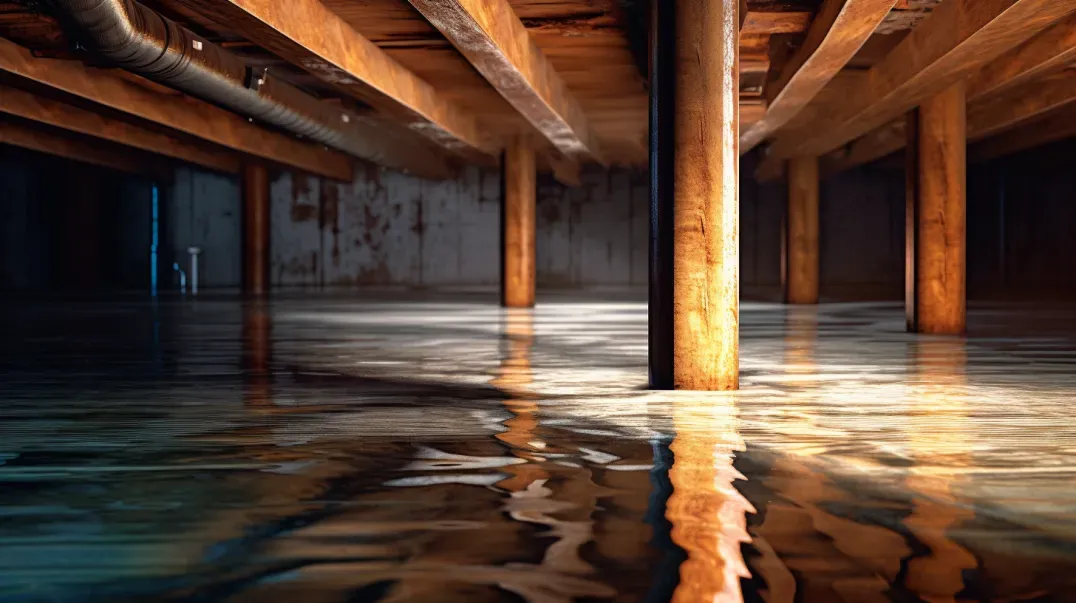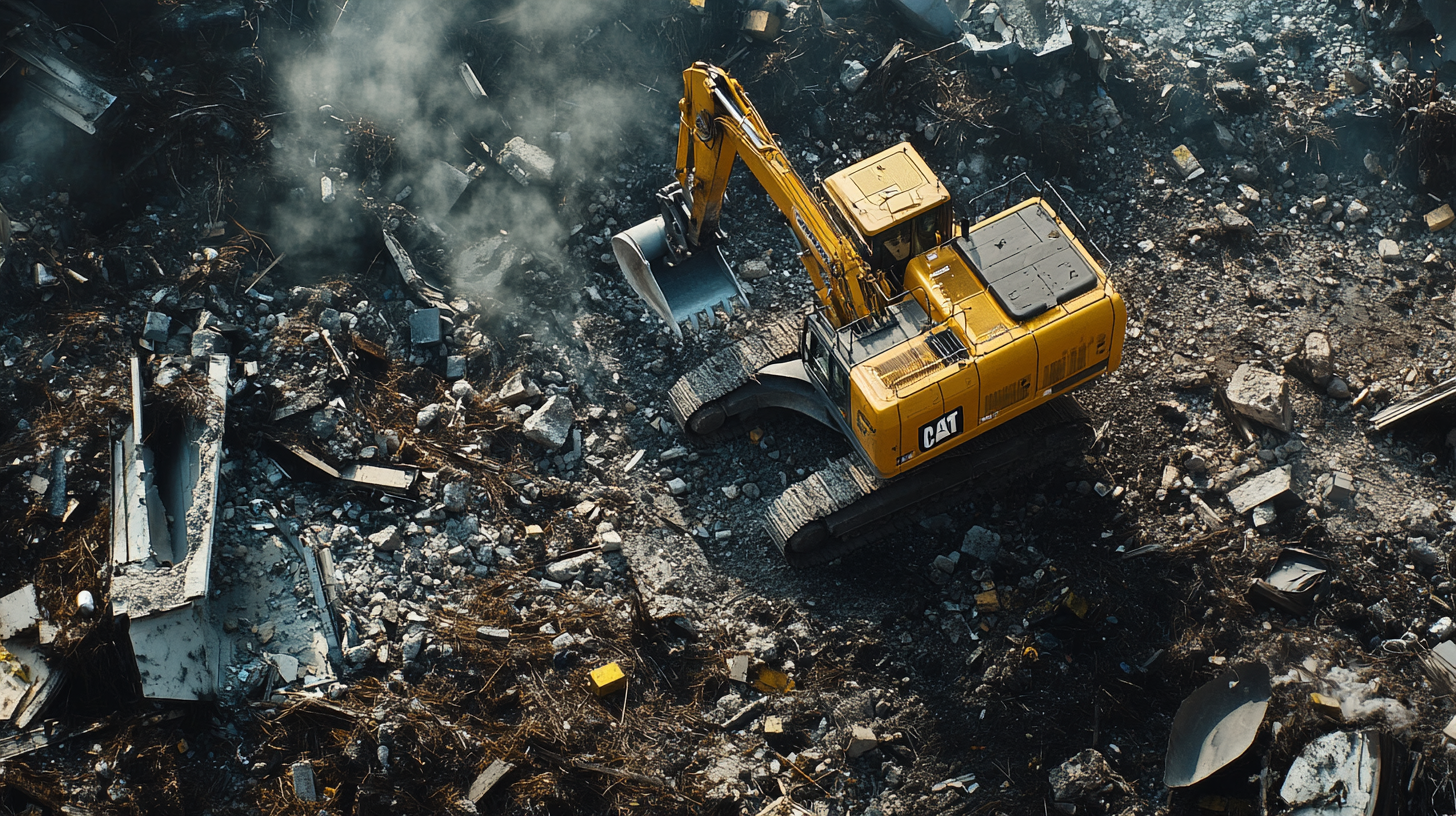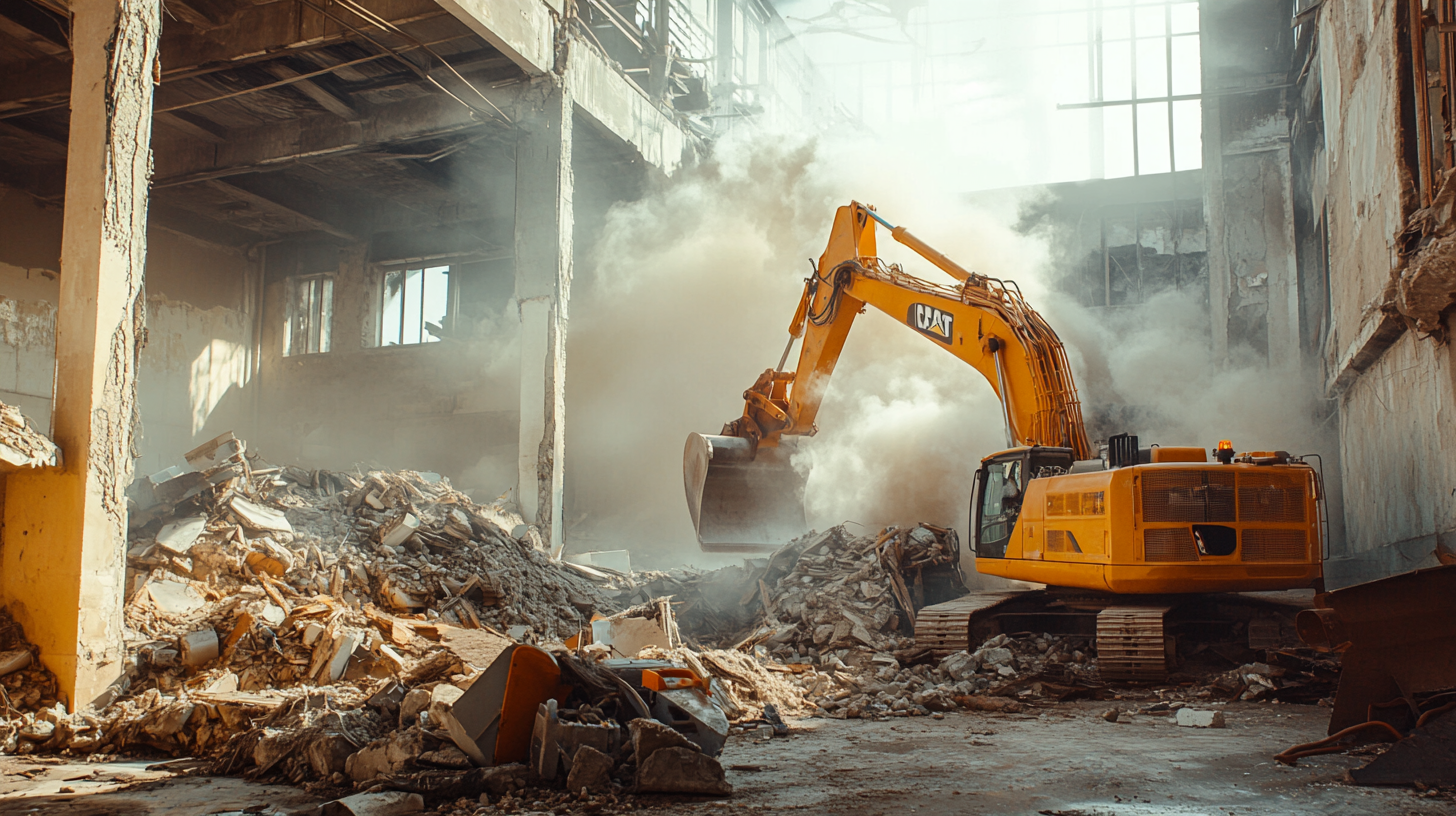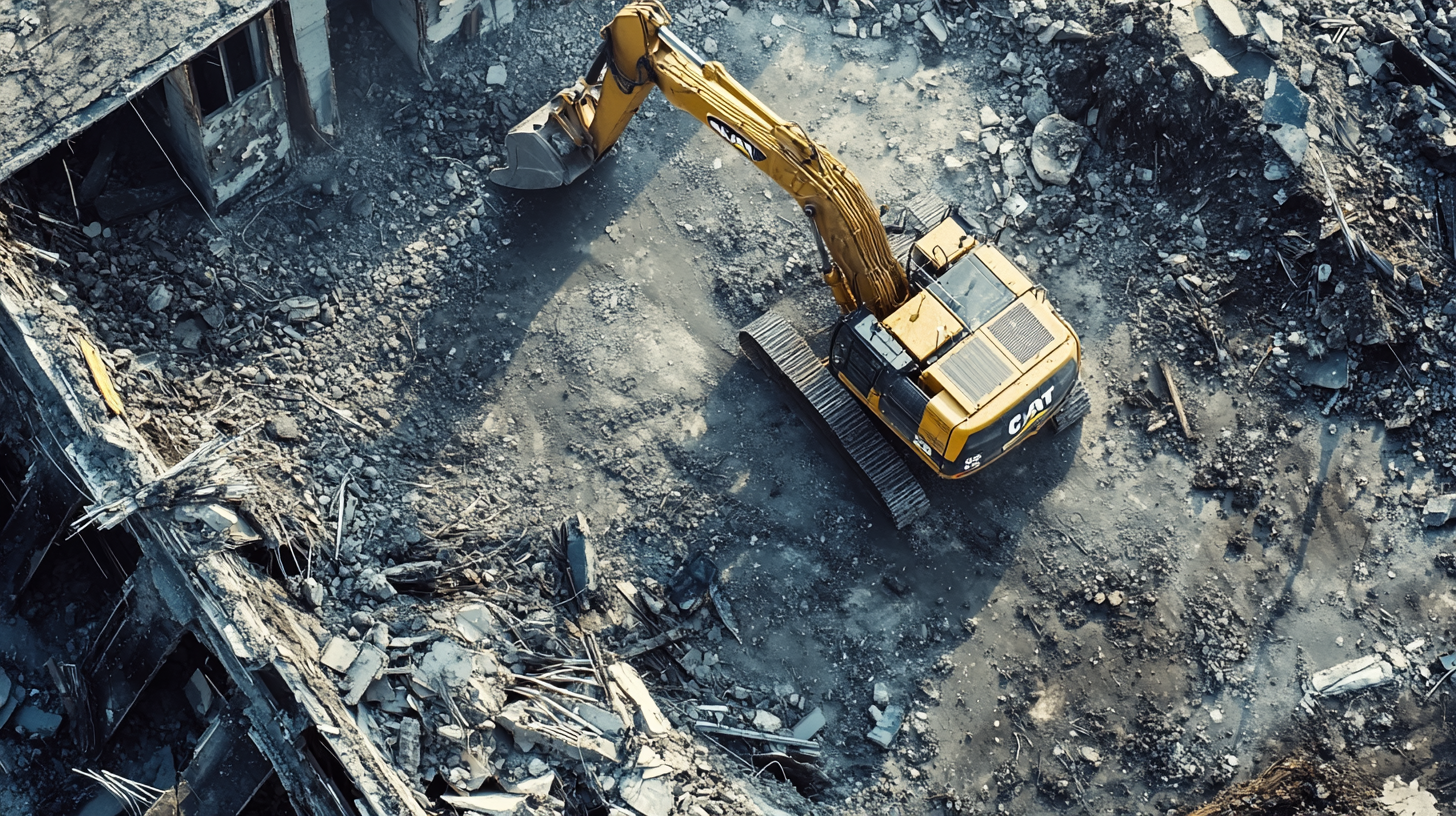
Moisture barriers are an essential component in construction, playing a pivotal role in protecting the structural integrity and longevity of buildings. These barriers, also known as vapor barriers or damp-proofing layers, are designed to prevent water and moisture from infiltrating building materials, which can lead to severe damage and deterioration over time. The implementation of moisture barriers is crucial for maintaining a building's durability, enhancing energy efficiency, and ensuring a healthy indoor environment. By understanding and utilizing moisture barriers effectively, construction professionals can safeguard structures against the myriad of problems associated with moisture intrusion.
Understanding Moisture Barriers
What is a Moisture Barrier?
Definition and Purpose:
A moisture barrier, also referred to as a vapor barrier or damp-proofing layer, is a material designed to impede the passage of water and moisture through building elements such as walls, floors, and roofs. The primary purpose of these barriers is to protect the structural integrity of buildings by preventing moisture infiltration, which can lead to various forms of damage and degradation over time. Moisture barriers are crucial for maintaining a dry and stable environment within a structure, thereby enhancing its durability and lifespan.
Different Types of Moisture Barriers:
- Vapor Barriers: These are typically made from plastic or foil and are used to prevent moisture from passing through walls and ceilings. Vapor barriers are essential in regions with high humidity, as they help maintain the indoor air quality and protect against mold and mildew growth.
- Waterproofing Membranes: These are applied to surfaces to create an impermeable layer that prevents water from penetrating. Waterproofing membranes are commonly used in basements, roofs, and foundations to protect against water seepage and structural damage.
- Liquid Applied Barriers: These are coatings that can be sprayed or rolled onto surfaces, forming a seamless barrier that effectively blocks moisture. They are particularly useful for complex or irregular surfaces where traditional barriers might be difficult to apply.
- Self-Adhering Sheets: These are peel-and-stick products that are easy to apply and provide a robust barrier against moisture. They are often used in conjunction with other moisture control methods to ensure comprehensive protection.
Importance of Proper Installation
How Moisture Barriers Protect Structures:
Proper installation of moisture barriers is critical to their effectiveness. When correctly applied, these barriers act as a shield, preventing water and moisture from penetrating building materials. This protection is vital for several reasons:
- Preservation of Structural Integrity: Moisture barriers help maintain the strength and stability of building materials, preventing issues such as wood rot, rust, and corrosion.
- Prevention of Mold and Mildew: By keeping moisture out, barriers reduce the risk of mold and mildew growth, which can have serious health implications and affect indoor air quality.
- Enhanced Energy Efficiency: Moisture barriers contribute to better insulation, reducing energy consumption for heating and cooling by maintaining a stable indoor environment.
Potential Consequences of Improper Installation:
Failure to install moisture barriers correctly can lead to significant problems, including:
- Mold Growth: Improperly installed barriers can allow moisture to enter, creating an ideal environment for mold and mildew, which can pose health risks to occupants.
- Structural Damage: Water infiltration can weaken building materials, leading to rot, rust, and other forms of deterioration that compromise the structure's integrity.
- Decreased Energy Efficiency: Poor installation can result in gaps or leaks, reducing the barrier's effectiveness and leading to higher energy costs as the building struggles to maintain a consistent indoor temperature.
- Costly Repairs: Addressing the damage caused by moisture intrusion can be expensive and time-consuming, making proper installation a cost-effective preventative measure.
Understanding the different types of moisture barriers and the importance of their correct installation is essential for anyone involved in construction. By prioritizing these elements, professionals can ensure the longevity, safety, and efficiency of the structures they build.
Common Mistakes to Avoid
Choosing the Wrong Type of Barrier
Explanation of Different Types and Their Specific Uses:
Selecting the appropriate moisture barrier for your construction project is crucial for ensuring its effectiveness. Different barriers serve different purposes and are suited for specific conditions:
- Vapor Barriers: Ideal for areas with high humidity, vapor barriers are typically made from plastic or foil. They are used to prevent moisture from passing through walls and ceilings, maintaining indoor air quality and preventing mold growth.
- Waterproofing Membranes: These barriers are essential for areas exposed to significant water exposure, such as basements, roofs, and foundations. They create an impermeable layer that blocks water seepage, protecting the structure from water damage.
- Liquid Applied Barriers: These are versatile and can be sprayed or rolled onto surfaces, forming a seamless protective layer. They are suitable for complex surfaces where traditional barriers might be challenging to apply.
- Self-Adhering Sheets: These peel-and-stick products are easy to apply and provide a strong barrier against moisture. They are often used in combination with other moisture control methods for comprehensive protection.
Tips on Selecting the Right Moisture Barrier for Your Project:
- Assess the Environment: Understand the specific environmental conditions where the barrier will be used, such as humidity levels, temperature variations, and exposure to water.
- Consider the Material: Choose a barrier material that matches the needs of your project. For example, use vapor barriers in high-humidity areas and waterproofing membranes in areas prone to water exposure.
- Evaluate the Surface: Ensure that the chosen barrier can be effectively applied to the surface in question, whether it is a smooth wall, a complex roof structure, or an irregular basement floor.
- Consult Experts: When in doubt, seek advice from construction professionals or manufacturers to ensure you are selecting the most appropriate barrier for your specific needs.
Improper Surface Preparation
Importance of a Clean and Dry Surface Before Installation:
The effectiveness of moisture barriers greatly depends on proper surface preparation. A poorly prepared surface can lead to adhesion issues, reducing the barrier's ability to protect against moisture. Ensuring that the surface is clean and dry before installation is essential to maximize the barrier’s performance and longevity.
Steps for Proper Surface Preparation:
Remove Debris and Contaminants:
- Clean the Surface: Begin by thoroughly cleaning the surface where the barrier will be applied. Remove any dirt, dust, grease, or other contaminants that could interfere with the adhesion.
- Use Appropriate Cleaning Tools: Depending on the surface material, use brooms, brushes, or pressure washers to ensure a clean base.
Ensure the Surface is Dry:
- Check for Moisture: Use moisture meters or other tools to ensure the surface is completely dry. Even slight dampness can compromise the barrier’s effectiveness.
- Allow Adequate Drying Time: After cleaning, allow sufficient time for the surface to dry completely. This may involve using fans, dehumidifiers, or waiting for optimal weather conditions.
By meticulously preparing the surface and choosing the right type of moisture barrier, you can significantly enhance the durability and effectiveness of your construction project. Avoiding these common mistakes will help ensure that your building remains protected from the damaging effects of moisture for years to come.
Best Practices for Successful Installation
Comprehensive Planning
Importance of Planning the Installation Process:
Proper planning is the cornerstone of a successful moisture barrier installation. A well-thought-out plan ensures that all aspects of the installation are covered, reducing the likelihood of errors and improving the overall effectiveness of the barrier.
- Identify Objectives: Clearly define the goals of the installation, such as areas to be protected, the type of barrier to be used, and the expected lifespan of the installation.
- Assess the Site: Conduct a thorough assessment of the site conditions, including environmental factors, existing moisture levels, and potential sources of water infiltration.
Creating a Checklist of Necessary Steps and Materials:
Having a comprehensive checklist can streamline the installation process and ensure that no critical steps or materials are overlooked.
Materials Checklist:
- Type of moisture barrier (vapor barrier, waterproofing membrane, etc.)
- Adhesives and sealants
- Cleaning supplies (brooms, brushes, pressure washers)
- Tools (utility knives, rollers, applicators)
- Safety gear (gloves, goggles, masks)
Steps Checklist:
- Surface preparation (cleaning and drying)
- Measurement and cutting of the barrier material
- Application of adhesives/sealants
- Installation of the barrier
- Inspection of the installation for gaps or faults
- Final sealing and finishing touches
Professional Installation vs. DIY
When to Consider Hiring a Professional:
Hiring a professional for moisture barrier installation can ensure that the job is done correctly and efficiently, especially for large or complex projects.
- Complexity of the Project: For intricate installations, such as those involving multiple layers or unique architectural features, professional expertise can be invaluable.
- Time Constraints: Professionals can often complete the installation more quickly than a DIY approach, which can be crucial for projects with tight deadlines.
Pros and Cons of DIY Installation:
Pros:
- Cost Savings: DIY installation can be significantly cheaper, as it eliminates labor costs.
- Learning Experience: It provides an opportunity to learn new skills and gain hands-on experience.
Cons:
- Risk of Errors: Without professional experience, there is a higher risk of mistakes, which can compromise the barrier’s effectiveness.
- Time-Consuming: DIY installation can take much longer, especially for those unfamiliar with the process.
Required Skills and Tools: Successful DIY installation requires a basic understanding of construction principles, familiarity with the tools needed, and the ability to follow detailed instructions.
Potential Cost Savings vs. Risks:
While DIY installation can save money upfront, the potential costs of fixing mistakes or dealing with moisture-related damage can outweigh these savings. Careful consideration of the complexity of the project and personal skill levels is essential before deciding on a DIY approach.
Regular Inspections and Maintenance
Importance of Regular Inspections After Installation:
Regular inspections are vital to ensure that the moisture barrier remains intact and effective over time. Inspections can identify early signs of wear and tear or damage, allowing for timely repairs and preventing more significant issues.
- Schedule Regular Checks: Establish a routine inspection schedule, ideally semi-annually or annually, to monitor the condition of the barrier.
- Look for Signs of Damage: During inspections, look for visible signs of wear, such as cracks, gaps, or discoloration, which could indicate moisture penetration.
Tips for Ongoing Maintenance to Ensure Barrier Integrity:
- Address Damage Promptly: If any issues are identified during inspections, address them immediately to prevent further damage.
- Keep the Area Clean: Ensure that the surfaces around the barrier are kept clean and free from debris that could cause damage.
- Monitor Environmental Conditions: Pay attention to changes in the environment, such as increased humidity or water exposure, and take steps to mitigate their impact on the barrier.
- Maintain Proper Ventilation: Ensure that the area is well-ventilated to reduce moisture buildup, which can compromise the barrier's integrity.
By following these best practices for planning, installing, and maintaining moisture barriers, construction professionals and DIY enthusiasts alike can ensure long-lasting protection against moisture damage, safeguarding the structural integrity and longevity of their buildings.
Mistakes During Surface Preparation
Insufficient Cleaning
Mistake: Failing to Adequately Clean the Surface Before Installation
One of the most common mistakes during surface preparation is neglecting to thoroughly clean the surface before installing a moisture barrier. This oversight can lead to several problems:
- Debris and Contaminants: Dirt, dust, grease, and other contaminants left on the surface can interfere with the adhesion of the moisture barrier, compromising its effectiveness.
- Uneven Application: Debris can create an uneven surface, leading to gaps and weak spots in the barrier that allow moisture to penetrate.
Solution: Thoroughly Clean and Prepare the Surface
To ensure a successful installation, it's crucial to follow a rigorous cleaning process:
- Remove All Debris and Contaminants: Use appropriate cleaning tools such as brooms, brushes, or pressure washers to eliminate all forms of debris. For greasy or oily surfaces, consider using specialized cleaning agents to ensure complete removal.
- Ensure the Surface is Completely Dry: After cleaning, allow the surface to dry thoroughly. Use moisture meters to confirm that no residual moisture remains, as even slight dampness can affect the barrier’s adhesion and performance.
Poor Surface Inspection
Mistake: Not Inspecting the Surface for Damages or Irregularities
Another critical error is failing to conduct a detailed inspection of the surface for any damages or irregularities. Overlooking issues such as cracks, holes, or uneven areas can lead to significant problems:
- Cracks and Holes: These can allow moisture to bypass the barrier entirely, rendering it ineffective and potentially causing structural damage.
- Irregularities: Uneven surfaces can cause improper adhesion and gaps, reducing the barrier's protective capabilities.
Solution: Conduct a Detailed Inspection
To avoid these pitfalls, implement a thorough inspection routine:
- Inspect for Damages: Carefully examine the surface for any signs of cracks, holes, or other irregularities. Use appropriate tools to identify even small defects that might compromise the barrier.
- Repair Any Damages Before Installation: Address all identified issues before proceeding with the installation. Fill cracks and holes with suitable repair materials and ensure the surface is smooth and even. This step is crucial for ensuring that the moisture barrier can be applied uniformly and perform effectively.
By avoiding these common mistakes during surface preparation and adhering to a meticulous cleaning and inspection process, you can significantly enhance the effectiveness and durability of your moisture barrier installation. Proper preparation is key to ensuring long-term protection against moisture intrusion and maintaining the structural integrity of your construction project.
Errors in Installation Techniques
Incorrect Overlapping
Mistake: Not Overlapping Barrier Sheets Correctly
A common error in the installation of moisture barriers is improper overlapping of the barrier sheets. This mistake can manifest in two ways:
- Too Little Overlap: If the sheets are not overlapped sufficiently, gaps can form between the sheets, allowing moisture to penetrate and undermine the barrier's effectiveness.
- Too Much Overlap: Excessive overlap can lead to wasted materials and may create bulges or uneven surfaces, which can also compromise the barrier's integrity.
Solution: Follow Proper Overlapping Techniques
To ensure the moisture barrier performs as intended, it is crucial to adhere to recommended overlapping guidelines:
- Maintain Recommended Overlap Measurements: Typically, a minimum overlap of 6 to 12 inches is recommended, depending on the specific product and manufacturer instructions. Always refer to the product guidelines to determine the correct overlap distance.
- Ensure Consistency: During installation, consistently check and adjust the overlap to maintain uniformity across the entire surface. This practice helps to create a continuous and effective barrier.
Improper Sealing
Mistake: Failing to Seal Seams and Edges Properly
Another significant installation error is the failure to adequately seal the seams and edges of the moisture barrier. This mistake often occurs due to:
- Using Incorrect Sealing Materials: Utilizing inappropriate or low-quality sealing tapes and adhesives can result in poor adhesion and gaps.
- Incomplete Sealing: Neglecting to thoroughly seal all seams and edges allows moisture to seep through, which can lead to structural damage and mold growth.
Solution: Use the Right Sealing Tapes and Adhesives
To avoid these issues and ensure a robust moisture barrier, follow these best practices:
- Choose the Correct Sealing Materials: Select high-quality sealing tapes and adhesives that are compatible with the type of moisture barrier being installed. Ensure that these materials are designed for the specific conditions of your project, such as temperature and humidity levels.
- Ensure All Seams and Edges Are Well-Sealed: Take the time to carefully seal every seam and edge. Apply the sealing tape or adhesive evenly and press firmly to ensure a tight bond. Double-check all seams and edges for completeness, addressing any gaps or loose areas immediately.
By understanding and avoiding these common installation errors, and by following proper techniques for overlapping and sealing, you can significantly improve the effectiveness and durability of your moisture barrier. Correct installation practices are essential to ensuring long-term protection against moisture infiltration, thereby safeguarding the structural integrity and longevity of your building project.
FAQs
Contact Bull City Crawlspace Today!
Bull City Crawlspace will do everything we can to ensure your experience with us is excellent.
Request A FREE Estimate
Request a Free Estimate Form
Checkout Recent Post




Got a Question? We’re Here to Help.
You can arrange an appointment or make an enquiry by phone or email, orget in touch to us via our contact form.

